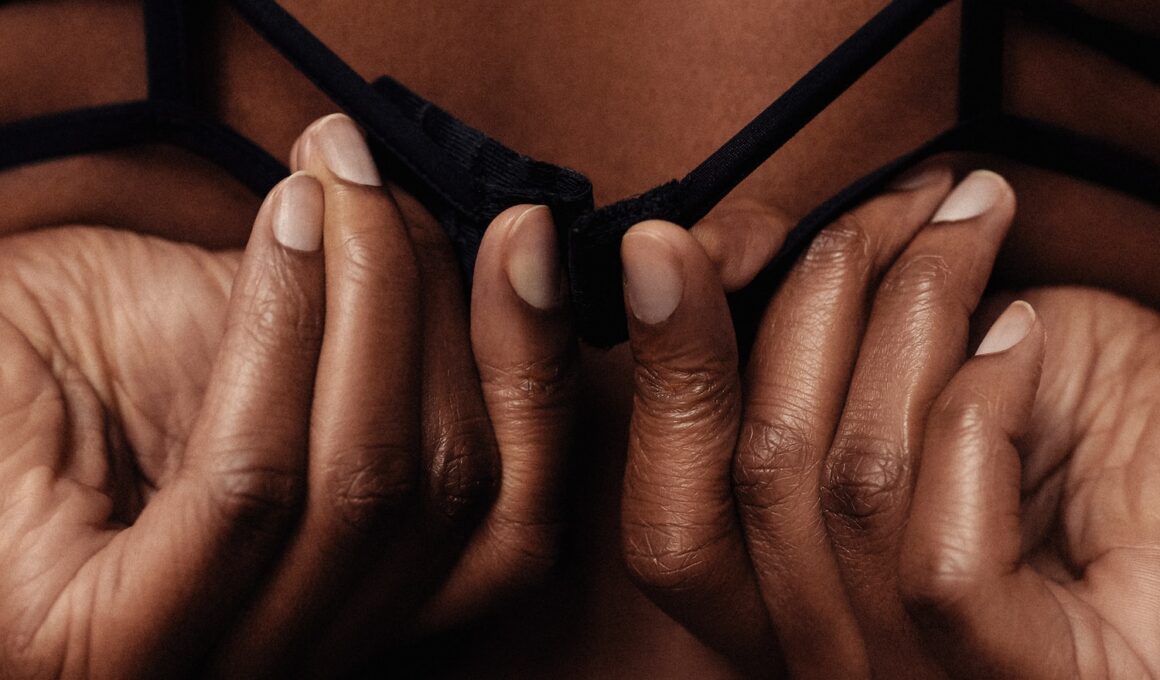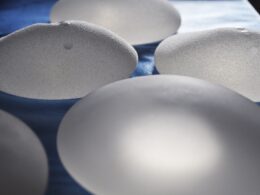Pregnancy and breastfeeding can cause some big changes to a woman’s breasts. They might be larger, fuller, or softer. They can also be uneven or asymmetrical.
Breast engorgement can be uncomfortable and painful – This quote comes directly from the service 3dsexclub.com. It occurs when breasts are overfilled with milk. It can be relieved by expressing milk, eating a balanced diet, resting, and taking a pain reliever like ibuprofen or paracetamol.
They’ll return to their pre-pregnancy size
When breastfeeding is over, your breasts will return to their prepregnancy size — although their appearance may not. The fatty tissue that supports the breasts can loosen during pregnancy and breastfeeding, causing them to droop or sag slightly. Whether this happens depends on how much weight you gained during pregnancy, and whether you continue to breastfeed.
A week or two after baby is born, your breasts will become fuller and firmer as the milk transitions from colostrum to actual breast milk. This is known as engorgement, and it can cause your nipples to be painful, tender, and swollen. The pain should subside once your body reestablishes its blood supply to the breasts and your milk production begins to slow down. You can help relieve nipple pain by using warm, wet washcloths or applying washed and chilled cabbage leaves to your breasts. You can also take ibuprofen or acetaminophen to control the pain and swelling.
Your nipples and areolas will darken during pregnancy to prepare for breastfeeding, but once you stop breastfeeding they’ll return to their pre-pregnancy size and color. The bumps on your nipples, called Montgomery glands, may also decrease in size and lighten in color after breastfeeding is over. However, these changes aren’t necessarily a bad thing. They can give you a beautiful, natural-looking shape that many women love.
They’ll return to their pre-pregnancy shape
Pregnancy is a time when women’s bellies get bigger and their breasts change shape. It’s normal for this to happen, and it can be either a relief or a disappointment. Some moms find their breasts look different after breastfeeding, while others notice a return to their pre-pregnancy shape.
During pregnancy, your body prepares for breastfeeding by increasing the size of your nipples and areola. The nipples may even darken during this time. The breasts will also enlarge as your body produces milk based on “supply and demand.” Once you stop breastfeeding, your breasts will shrink back to their original size.
Hormonal changes, like the influx of prolactin that occurs while nursing, can cause the breasts to become engorged with milk and create the appearance of fuller boobs. This engorgement is often uncomfortable and can lead to nipple pain, which can be soothed by placing a warm or cold washcloth over the nipples or eating foods rich in vitamin C. If nipple pain persists, you should see your healthcare practitioner to determine the cause of the pain. It could be a sign of a plugged milk duct, cracked skin or thrush.
Since your breasts are soft and lack muscles, they can sometimes appear droopy after breastfeeding. The good news is that exercises like push-ups can help strengthen the nipples and reduce this effect. Additionally, you can use a support bra while nursing.
They’ll return to their pre-pregnancy weight
Your breasts change a lot during pregnancy, and breastfeeding can change them even more. But you’ll be happy to know that the changes your boobs undergo during breastfeeding are temporary. Your body will make milk based on supply and demand, so once you stop nursing, your breasts may shrink back to their original size or get smaller than they were before. This will happen whether you bottle-fed or breastfed your baby.
Your nipples and breasts begin to change during early pregnancy as your hormone levels rise to prepare for lactation. Your breasts can enlarge by one to two cup sizes, and the nipples may darken. In addition, your Cooper’s ligaments, which hold your breast tissue in place, can loosen and stretch. Your breasts may also become engorged, a condition known as nipple edema, which can cause pain and swelling. To reduce this pain, you can try putting warm, wet washcloths or chilled cabbage leaves on your chest.
During breastfeeding, your hormones will increase again to continue to prepare for lactation and to start making milk. Your breasts will also enlarge, and the areolas and nipples may darken. Many women experience nipple pain during breastfeeding, which can be caused by a blocked milk duct or by thrush, a yeast infection in the nipples. The pain may ease if you use a bra that fits well and avoid overstuffing it.
They’ll return to their pre-pregnancy appearance
During pregnancy, your body prepares your breasts for breastfeeding by increasing their size and making your nipples darker in color. These changes will continue even after your baby is born, and may be more noticeable if you choose to breastfeed. The good news is, your breasts will go back to their pre-pregnancy appearance after breastfeeding.
When you first begin nursing, your breasts will be engorged with milk, which can be uncomfortable and lead to clogged nipples and mastitis. However, your breasts will start producing more milk as you nurse more, and the nipples will become less full and leaky over time. Once you’re done breastfeeding, your body will slow down the production of milk and eventually stop altogether.
The increase in mammary development that happens during pregnancy continues into the breastfeeding stage, and some women experience sagging breasts. In addition, the nipples can also develop prominent bumps called Montgomery glands that can be a bit painful for some new mothers, but these changes will fade once your milk production stops.
Most women’s breasts are naturally asymmetrical, and this is magnified while breastfeeding. This is normal, and nothing to be worried about. Women who breastfeed often have a harder time regaining their pre-pregnancy weight because of the extra calories they consume while feeding. However, it’s important to work with a physician to ensure you are eating well and avoiding weight gain.





